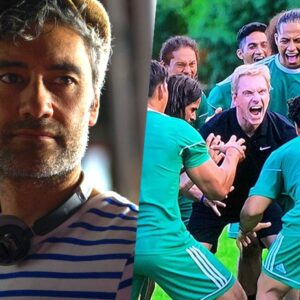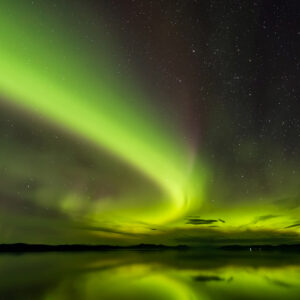Tonight night on CNN – 9PM EDT – the documentary film “Blackfish” will air. The documentary, which focuses on the life of a wild caught Orca given the name “Tilikum,” is being heralded by many as an Oscar front runner and new high water mark for the anti-captivity movement.
Tilikum becomes a focus for the film for two reasons – firstly, his capture and confinement which lead to his role in the deaths of two trainers, one in 1991 the second in 2010, also in 1999 when a member of the public was found dead inside Tilikum’s tank, secondly, because his sperm dominates captive Orca breeding stocks globally.
As told through his experiences and the experiences of those who have worked in the industry, the documentary is a damning statement on what many considered to be a failed experiment.
Orca captivity has been protested globally since it’s inception – the first protest against captivity at Marineland Canada in Niagara Falls came in 1975, with a small protest organized by the then newly founded environmental protection group Greenpeace.
One element of the anti-captivity movement which “Blackfish” alludes to, but does not address, is the role Onkwehon:we advocates have played in opposing the practice of taking wild orcas and placing them in tanks for profit.
The film is billed after what the filmmakers are calling the “Native American” name for Orcas – Blackfish, and throughout many non-natives in the film relay their perspective on how Onkwehon:we peoples viewed Orcas compared to non-native societies. However, we never get to hear this as told by voices of the Onkwehon:we themselves.
Six Nations Mohawk Water Keeper Sigrid Kneve has been actively opposing not just Orca captivity but also Aquariums like the recently opened “Ripley’s Aquarium” in Toronto.
Speaking recently on an anti-racism and anti-colonialism panel on animal advocacy at a Conference at Brock University Sigrid relayed that her concern stems from the use of water, “water is not supposed to be used to trap animals.”
Missing from the non-native anti-captivity movement is Onkwehon:we perspective of water, directing the focus not just on individual practices or animals, but on our water system as a whole. Placing anti-captivity alongside a concern against destructive practices like mining, factory farming or fracking.
Graham Paradis – an Anishinabe/Metis animal advocate cautioned the crowd at the same conference to not tokenize or appropriate Onkwehon:we voices in the struggle for animal liberation. Space instead, he argued, should be made for those voices to be heard and respected, “The struggles of my people are real and are not a tool or resource for others to appropriate.”
As the documentary screens tonight it will be interesting to chart how advocates use the documentary and what trajectory the anti-captivity movement will take as it grows. Will it continue to be a white-dominated movement that isolates concern, or will it open up to broader voice of concerns?
Photo Credit: Carrie Lester Onondaga from Six Nations and Friend at Marineland Animal Defense demonstration opposing captivity in May, 2013. Zach Ruiter
If you tune in – send us your thoughts at tworowtimes@gmail.com












Comments are closed.